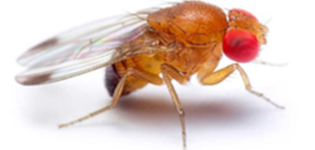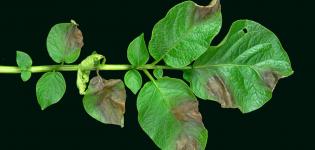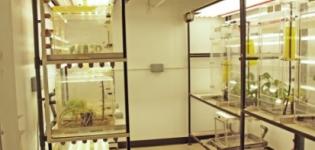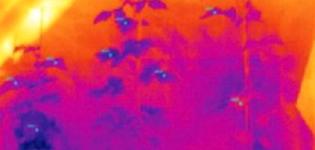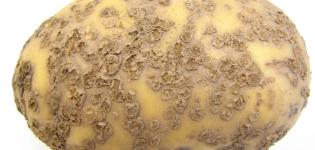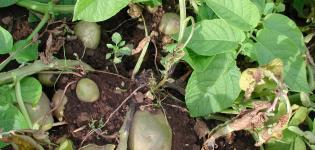Pest and pathogen detection and monitoring
Crops are susceptible to damage caused by a wide range of endemic pests and pathogens and in the future there are likely to be additional disease challenges from new pests and pathogens as a result of the loss of key pesticides, reduced pesticide efficacy, increased global movement of plant material and changing climate. Robust methods of detecting, identifying and quantifying key pests and pathogens underpin IPM by providing information that allows improved decision making and disease control by growers.


